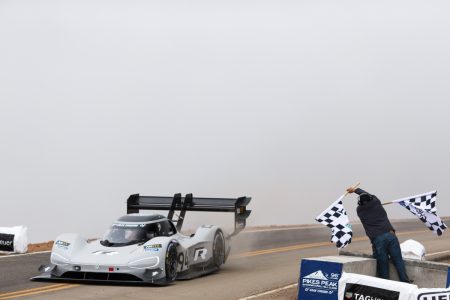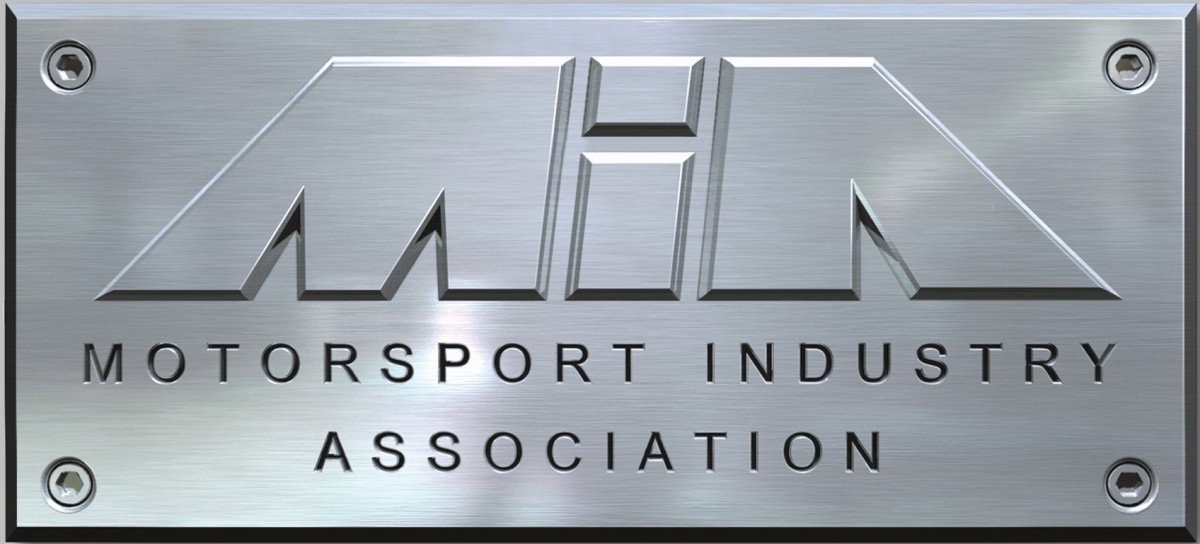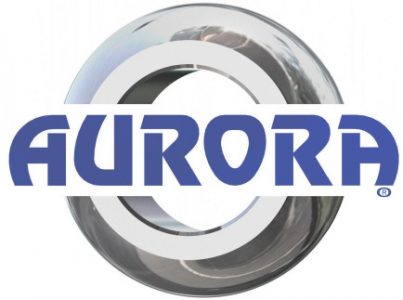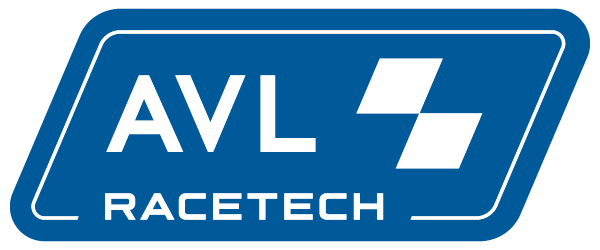History on all fronts
There are two unrelated stories but which may yet herald the future of motorsport, or at least some part of it. It was 13 years ago that a robotic converted Volkswagen Touareg SUV called ‘Stanley’ became the first driverless vehicle to successfully navigate and win the gruelling Grand Challenge. Organised by the US Defense Advanced Research Projects Agency (DARPA) which sponsored the competition to accelerate research and development in autonomous ground vehicles, it was a 132-mile course competition without any human assistance that wound through the Mojave Desert and included a steep, narrow mountain pass described as similar to terrain in Afghanistan. The route was only revealed to the 23 finalists 2 hours before the start of the race.
Stanley completed the course in 6 hours and 54 minutes – well under the 10-hour limit – driving at an average speed of 30.7 kilometres per hour and in so doing won the developing team from Stanford University $2 million. Four other vehicles also finished.
During the race, all vehicles had to function autonomously, with no input of any kind from outside. The only exception was a ‘kill switch’ controlled by a race official, available in case of an emergency. The result was a stunning improvement on the year before when no car completed more than 5% of the course.
Stanley was the accomplishment of the Stanford Racing Team, a collaboration of nearly 100 technology and business experts from Stanford University’s School of Engineering, Volkswagen’s Electronics Research Laboratory in California, Volkswagen Research and Development in Wolfsburg, MDV–Mohr Davidow Ventures, and Intel. The Stanford Racing Team worked like a Silicon Valley start-up to design and implement this experimental robot vehicle, a modified biodiesel-operated Volkswagen Touareg.
It was equipped with an arsenal of devices for its day, including GPS, four laser range finders, radar and three cameras, as well as inertial sensors and many technological advances that have since led to more advanced driver assistance systems in production vehicles, including adaptive cruise control and ESP. All the measurements were analysed in real time by a set of seven onboard Pentium M laptop computers to allow the driverless car to navigate the difficult course.
Move on a dozen plus years and not only are autonomous cars not part of science fiction, but have become reality and while still not widely adopted, they’re not some thought of as some wacky scheme of mad professors.
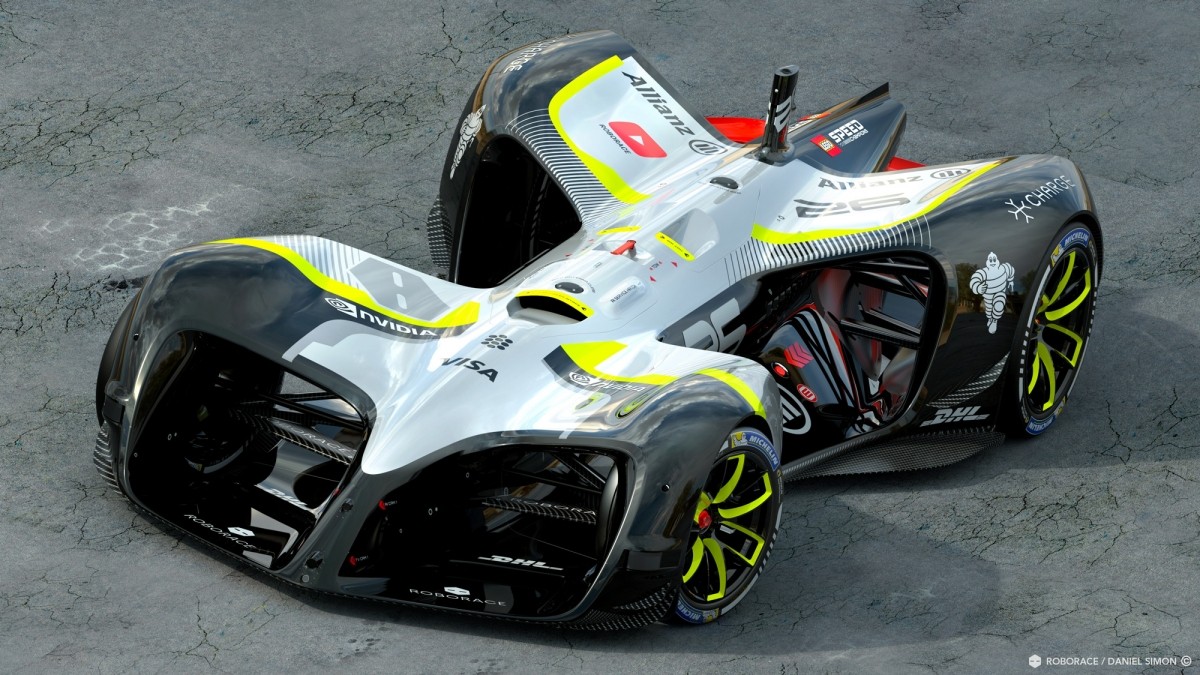
Now a little bit more history is about to me made when two, not one, autonomous cars will be taking to the famous hill at the forthcoming Goodwood Festival of Speed. There’s the futuristic Roborace car, which is bound to turn heads, while Siemens will be launching a classic car up the hill in a project it has teamed up to develop with Cranfield University. It will be fascinating to see how both cars navigate the track.
However, while the hill at Goodwood is famous, there’s another one that could claim to be even more so and that is Pikes Peak which has seen some incredible cars compete over the years. This year, though, will stand out as a landmark.
The all-electric Volkswagen I.D. R not only beat the all-electric vehicle time up the hill, it smashed the all-time record from 2013 set by Sebastien Loeb in a Peugeot 208 T16 by a full 16 seconds with a time of 7m 57.148s over the 12,42 miles. A truly remarkable and historic feat.
Having made history with its self-driving Touareg in 2006 and now setting a blistering lap time up Pikes Peak, how long will it be before we see Volkswagen take an autonomous, all-electric vehicle to the hill?
